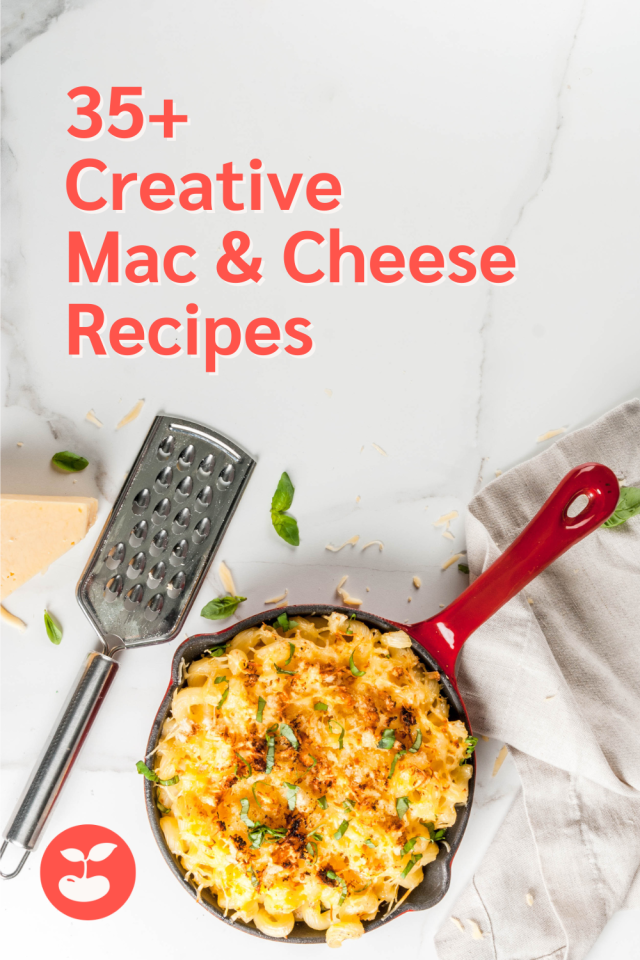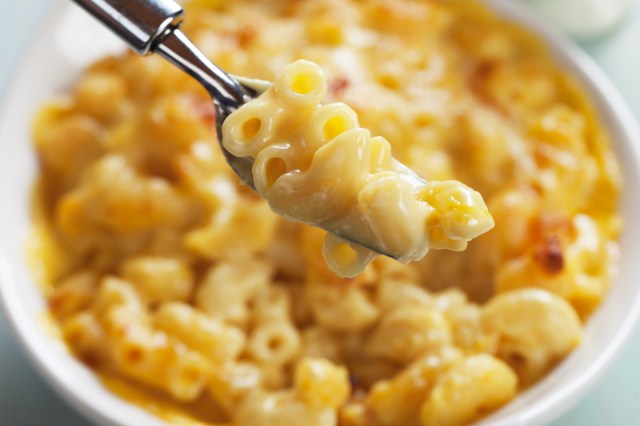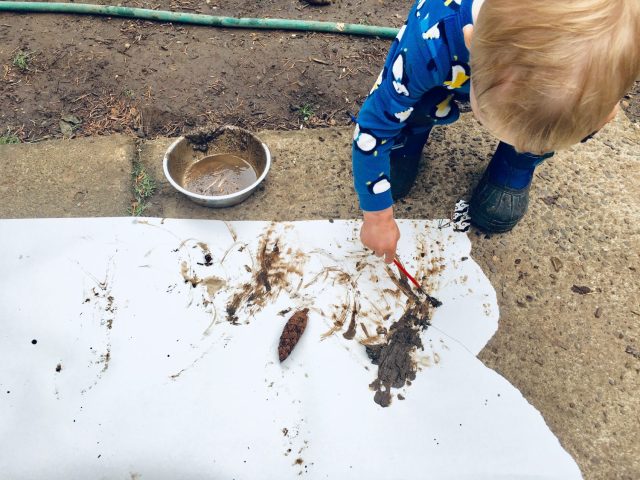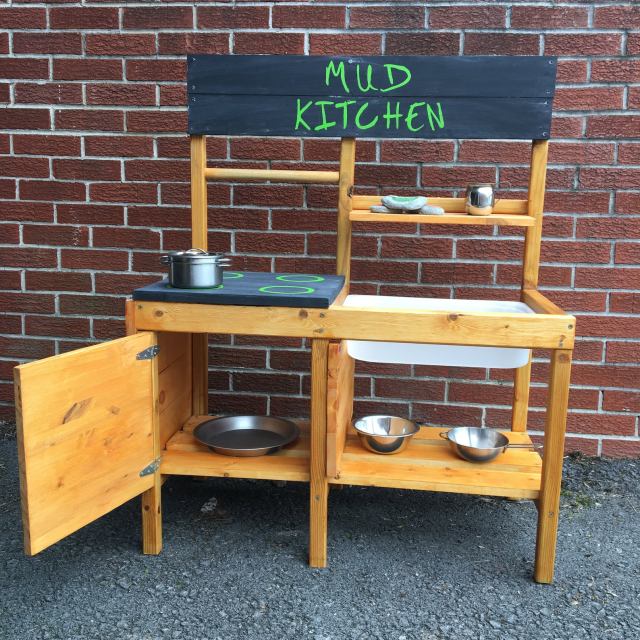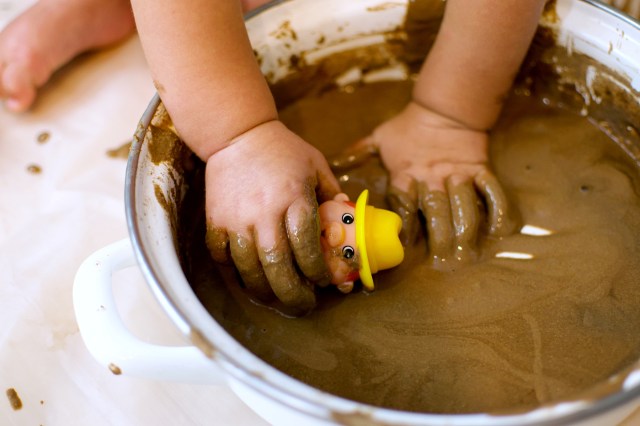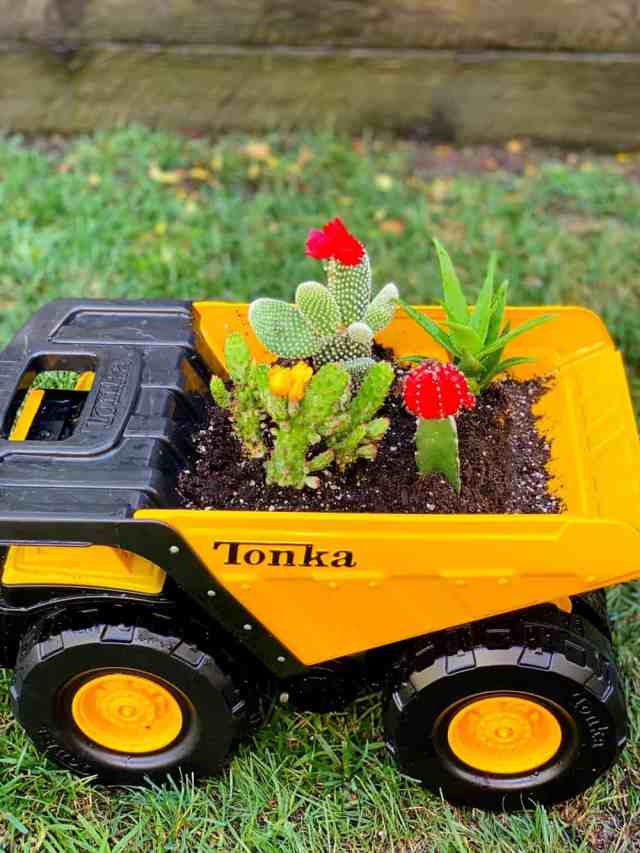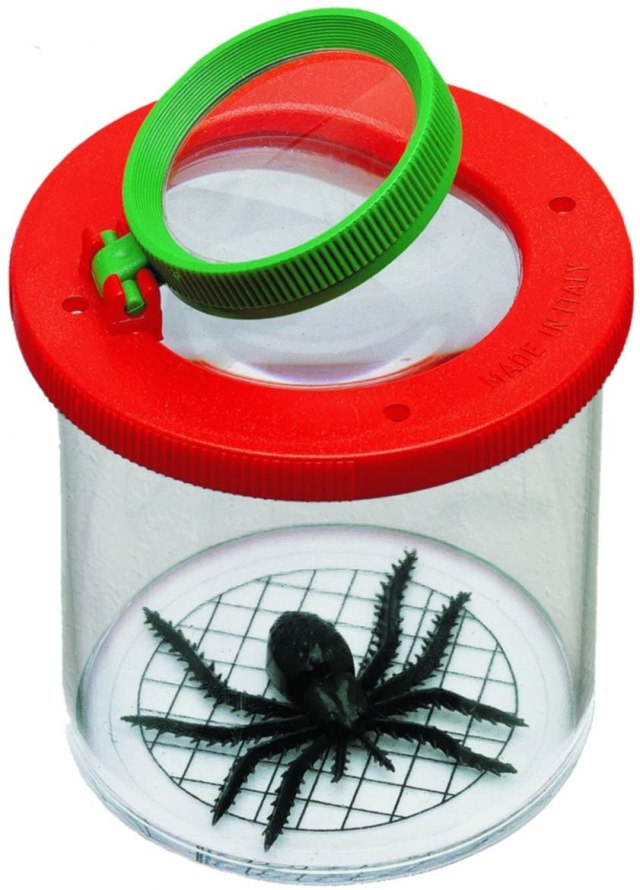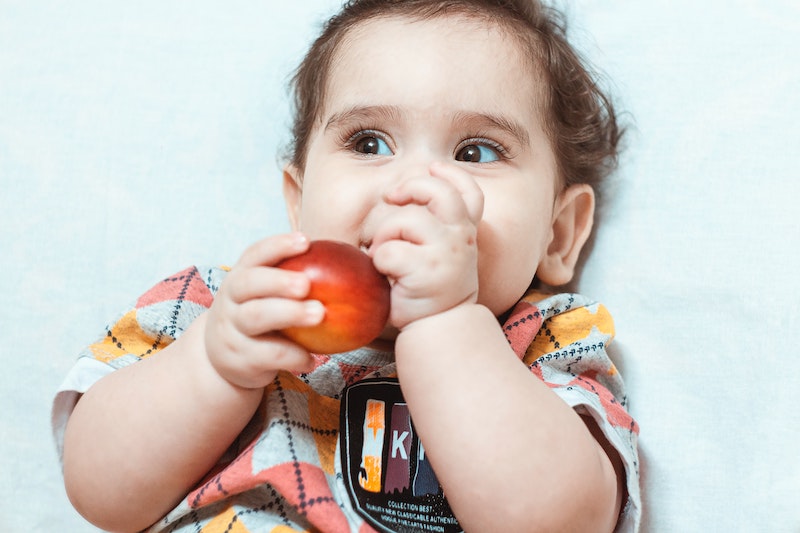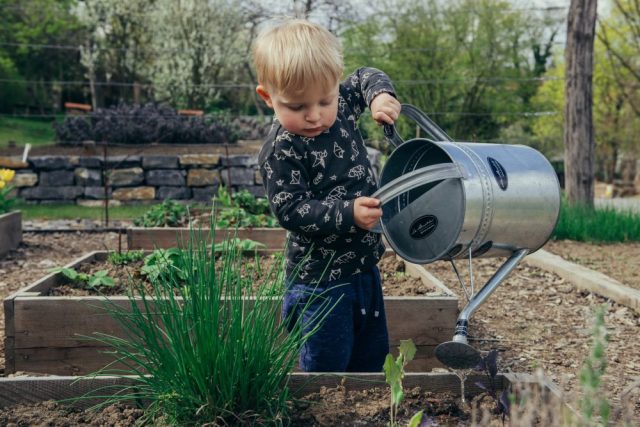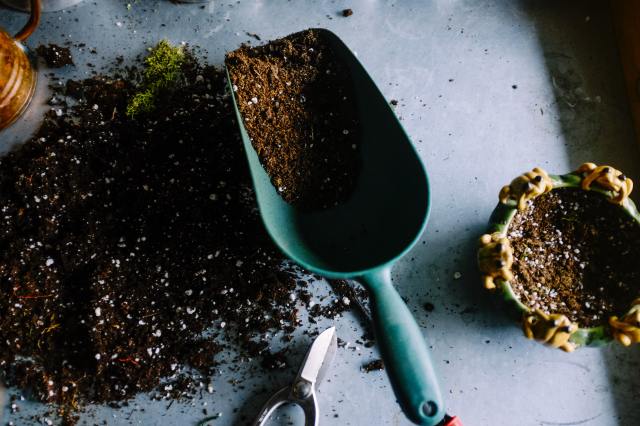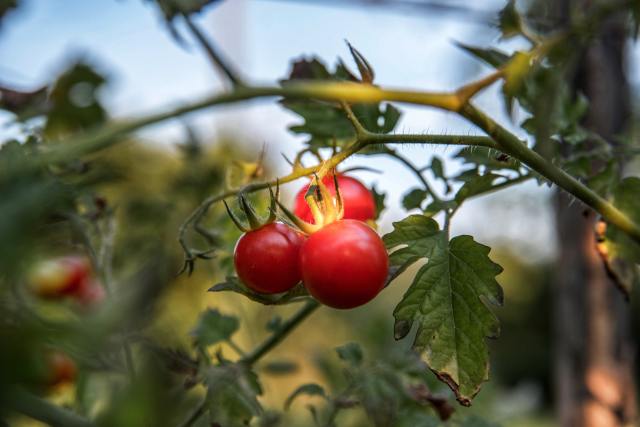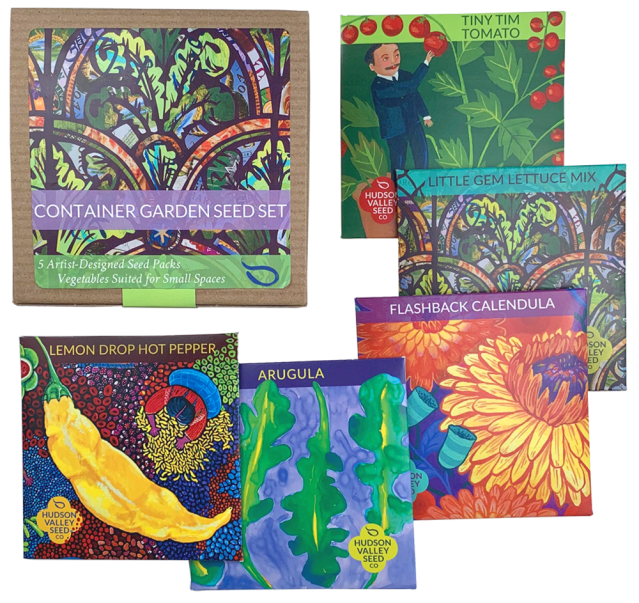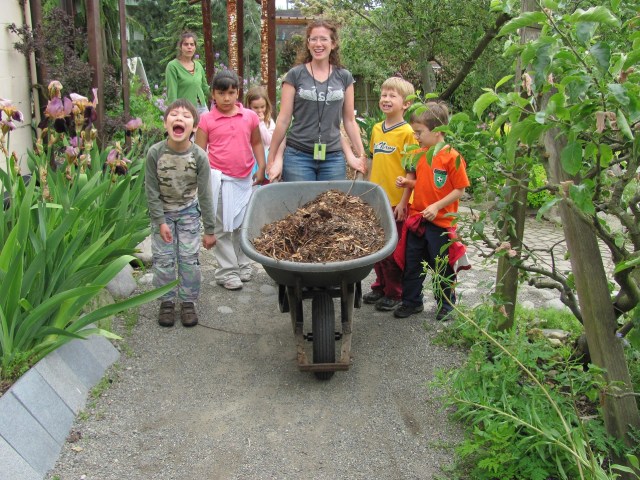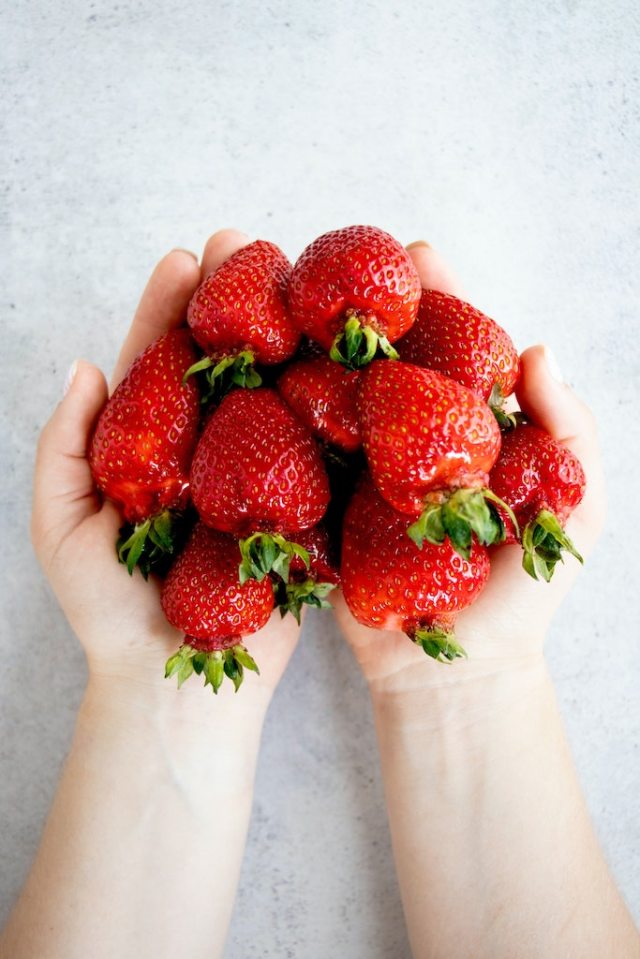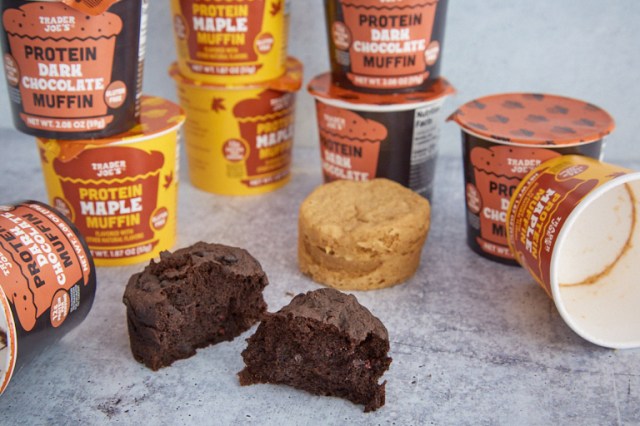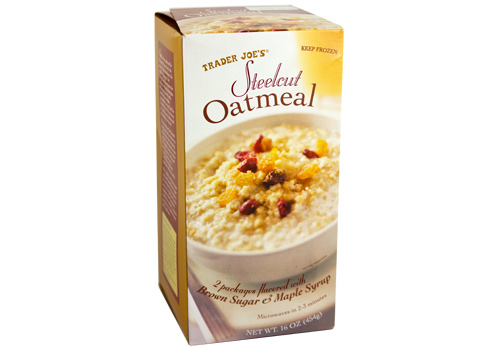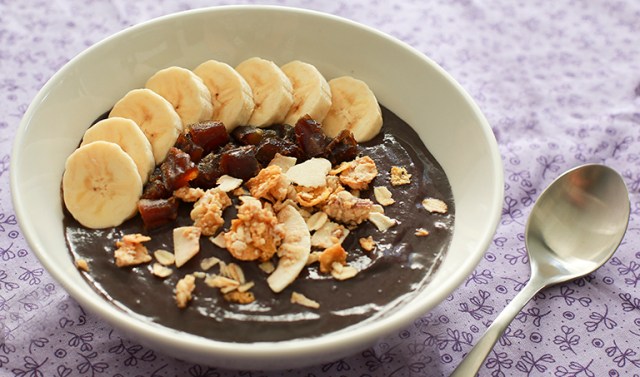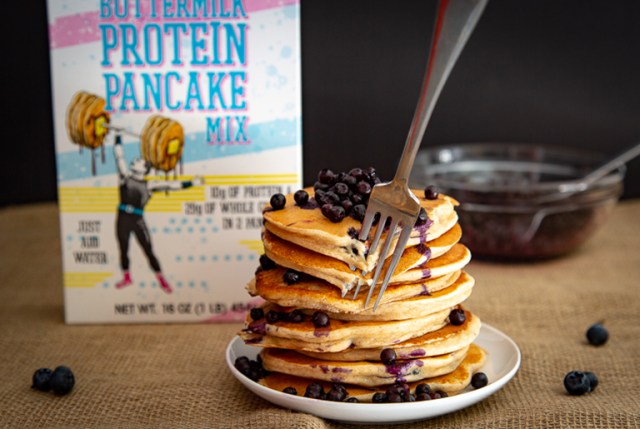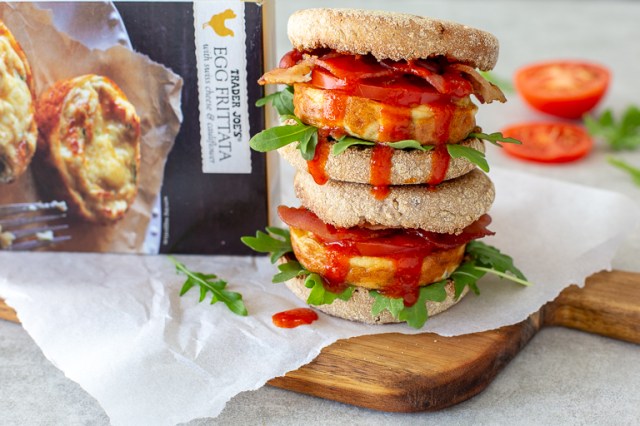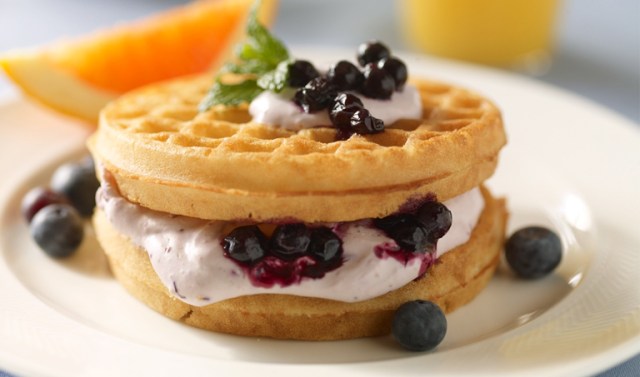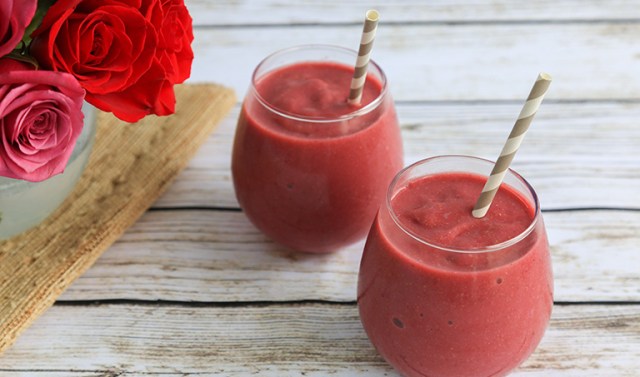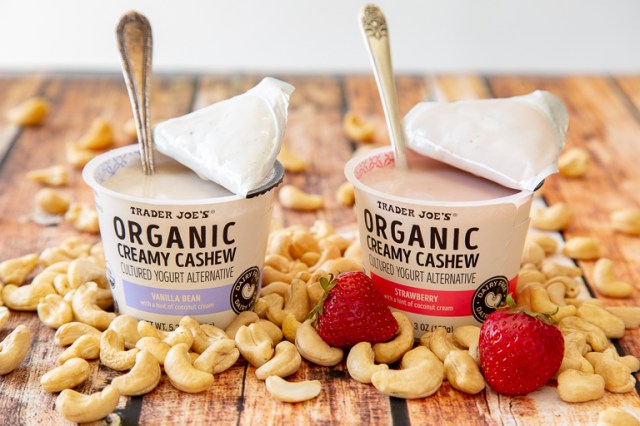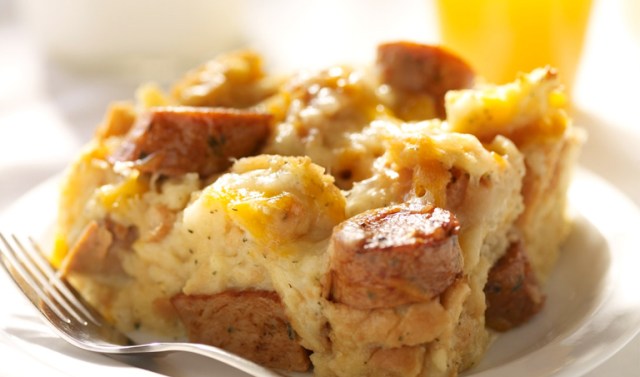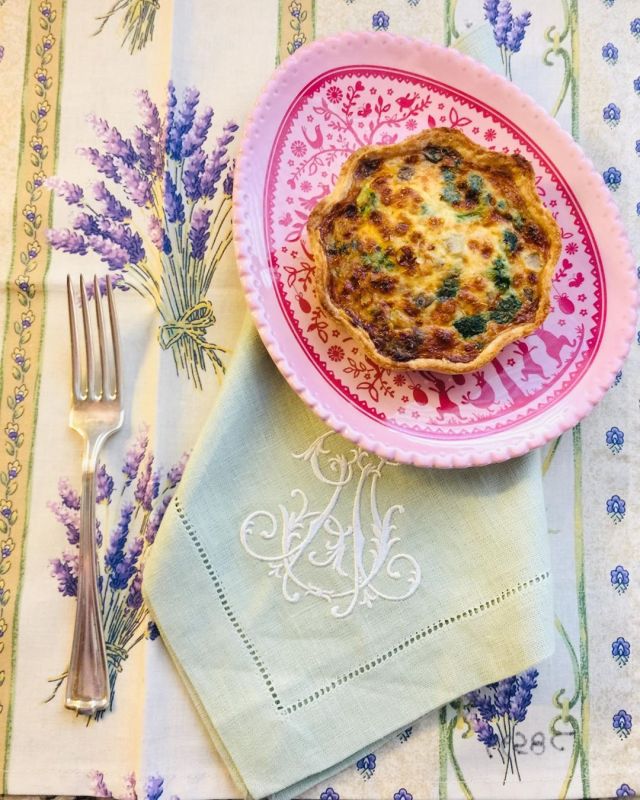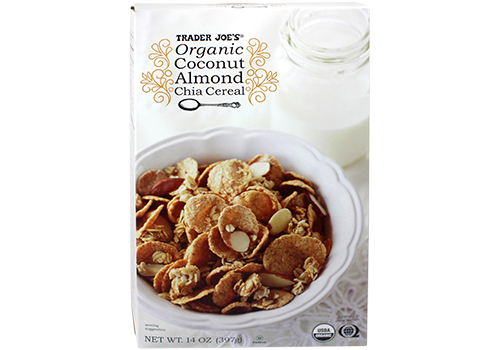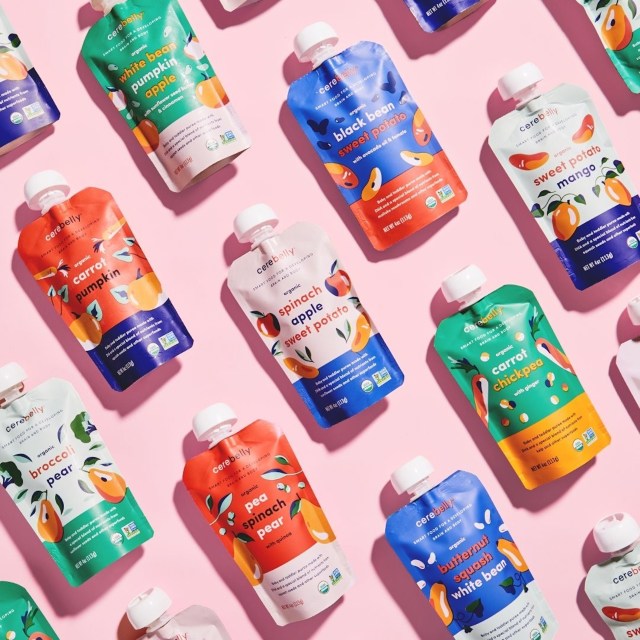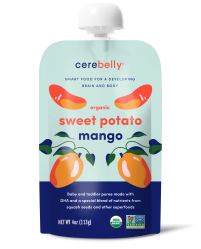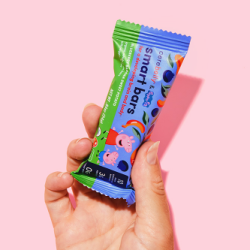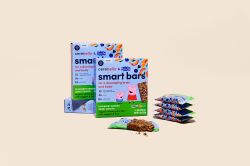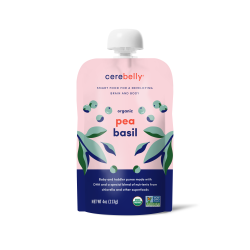If your little one’s favorite food groups are chicken tenders and mac and cheese, you’re in luck. We’ve rounded up a bunch of recipes that range from easy homemade mac and cheese to cauliflower mac and cheese. Some of these recipes incorporate other things like sweet potatoes to chicken, so whether you’re looking for rich indulgence or a lightened-up version, we’ve got you covered. See our favorite mac and cheese recipes below.
Gluten-Free Chili Mac

A spin on two classic family recipes, this cheesy gluten-free chili mac only has three ingredients, which makes it perfect for busy weeknights. Don't want to go gluten free? Swap out the gluten-free shells for regular pasta instead. Get the how-to over at One Lovely Life.
Gnocchi Mac and Cheese

A unique twist on a classic meal, this gnocchi mac and cheese only requires five ingredients and takes 30 minutes to make. Find the recipe over at A Taste of Madness.
Copycat Cracker Barrel Mac and Cheese
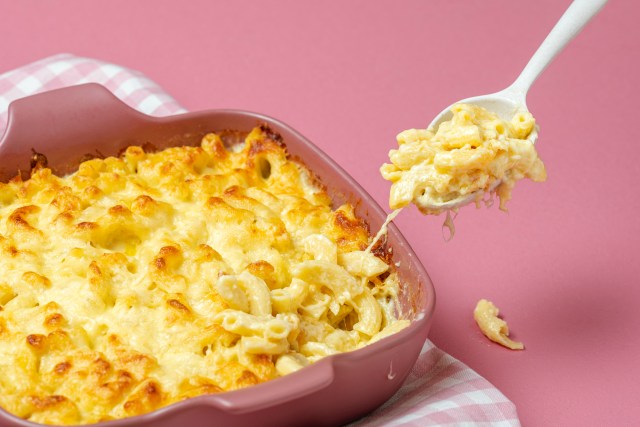
The mac and cheese side dish is a favorite at Cracker Barrel, and it's easy to re-create your own version at home by using the recipe we spotted at Eat This, Not That! Be sure to use good Colby cheese and don't stop whisking!
White Cheddar Avocado Mac and Cheese
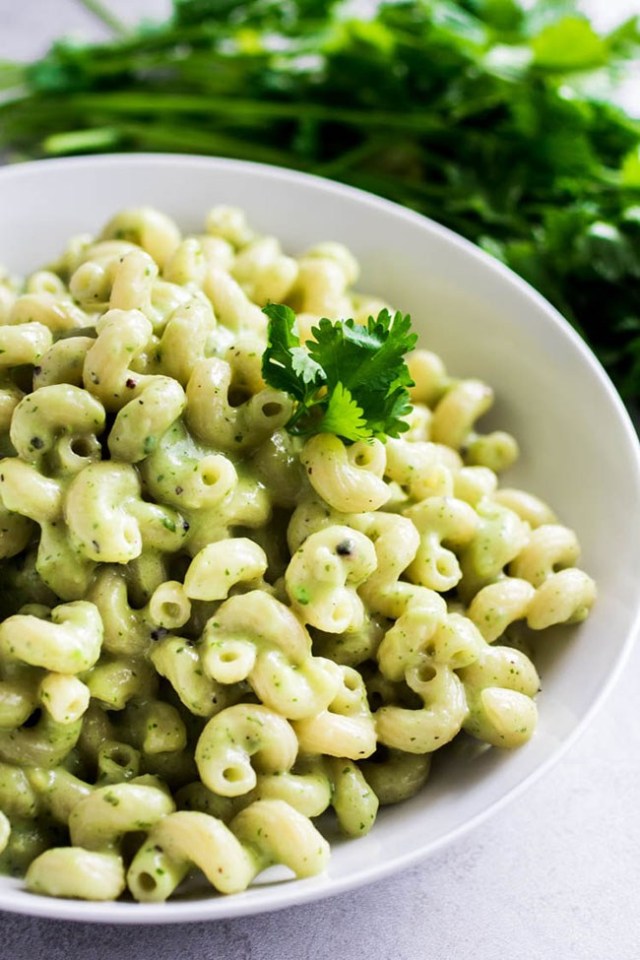
Cheese? Check. Avocado? Check. Noodles? Check! This recipe from Life As A Strawberry has all your kids' favorite ingredients, mixed up into one delicious batch of mac and cheese. The easy-to-make avocado sauce gets a kick from cilantro and the white cheddar has a smooth flavor that'll please adults too. Get the recipe by clicking here.
The Easiest Stove Top Mac and Cheese
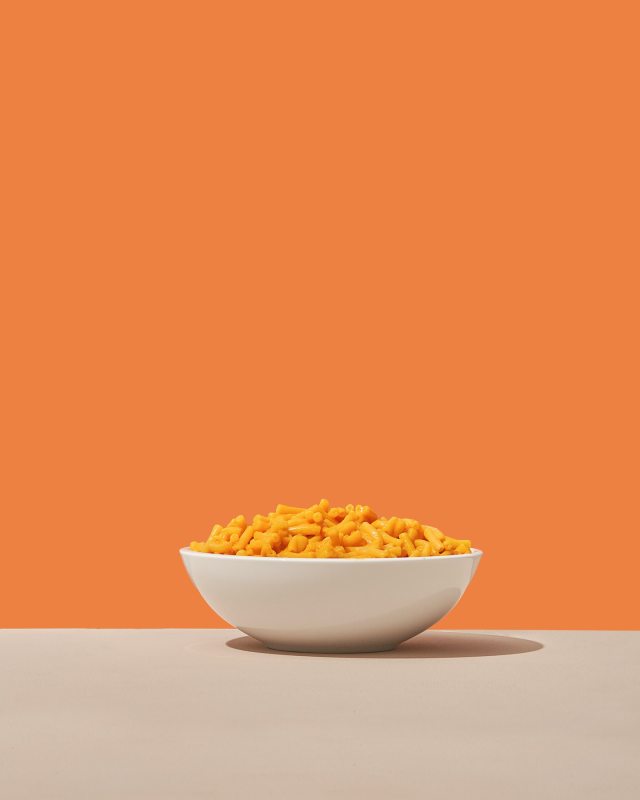
Sometimes you just want mac and cheese from a pot on the stove. To help you skip the processed and the packaging, we found this recipe from The Kitchn. Using cheese, milk and flour, you'll have a gooey, cheesy meal ready to go in a few. You can even throw in peas or peppers to give it a little something else.
Instant Pot Mac and Cheese

If you thought slow cooker mac and cheese was easy, wait until you get a glance at the recipe for an Instant Pot version we spotted over at Spend with Pennies. Even easier, you'll be eating cheesy noodles in no time.
Three-Cheese Crock Pot Mac and Cheese
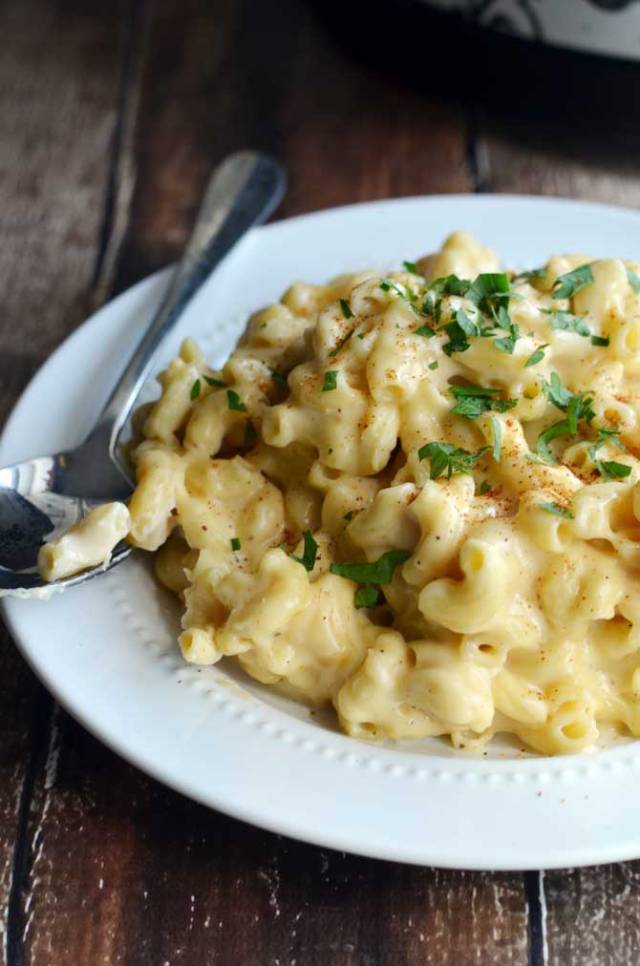
Using a mix of cheddar, gruyere and American cheeses, Host the Toast has come up with a delicious three-cheese Crock Pot mac and cheese that your kids will love.
Butternut Squash Mac and Cheese
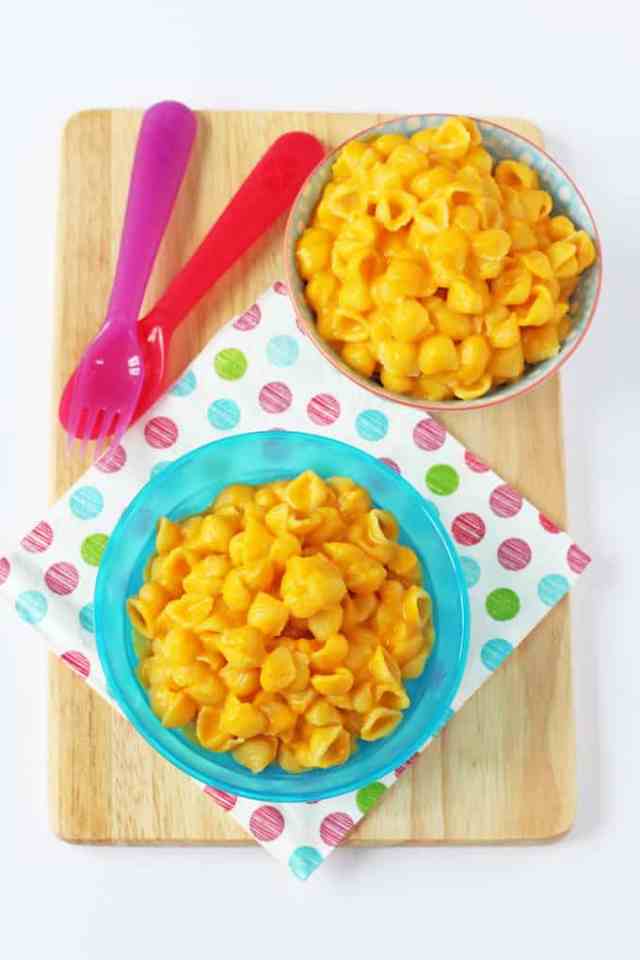
My Fussy Eater has found a way to sneak veggies into your kids' dinner without the inevitable "ewww" that follows. Butternut squash, which is a great source of vitamins A and C, plus fiber, and its smooth texture when cooked (not to mention that yellow color) combines perfectly with cheese, for serious pasta goodness.
Baked Mac and Cheese
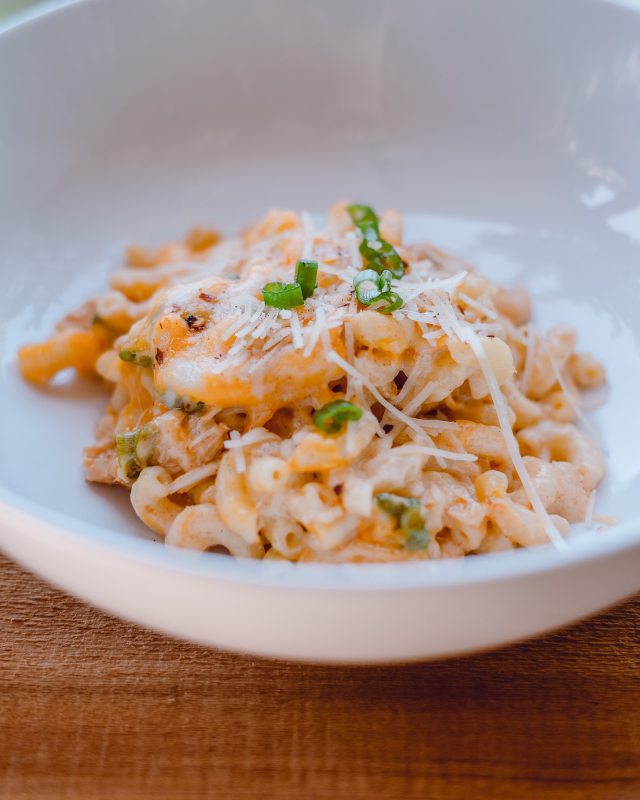
We love The Chunky Chef's version for its gourmet cheese combo: medium cheddar and Gruyere. We also love the secret to getting that irresistible cheesiness.
Panera Bread Copycat Mac and Cheese
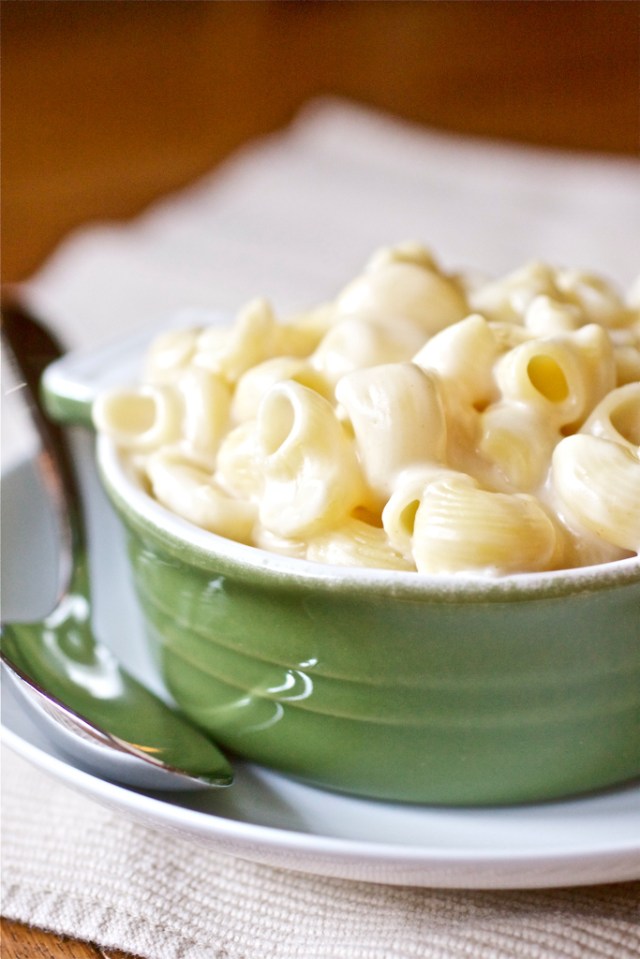
If you are obsessed with mac and cheese Panera-style, then this one is for you. For everyone else, this one is for you too. Made on the stovetop, with a hint of Dijon, this incredible copycat recipe from Smells Like Home will be your new favorite.
Homemade Kraft Easy Mac
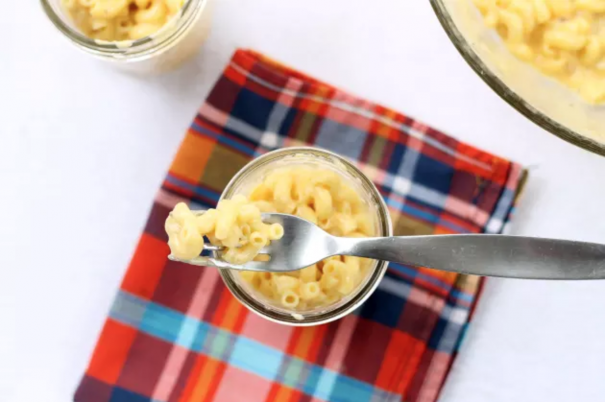
Mac and cheese is a surefire win for our kids, which is why we love this take on easy mac from Food Fanatic. The best part? It’s made entirely in the microwave and comes together in a flash.
Make-Ahead Mac and Cheese
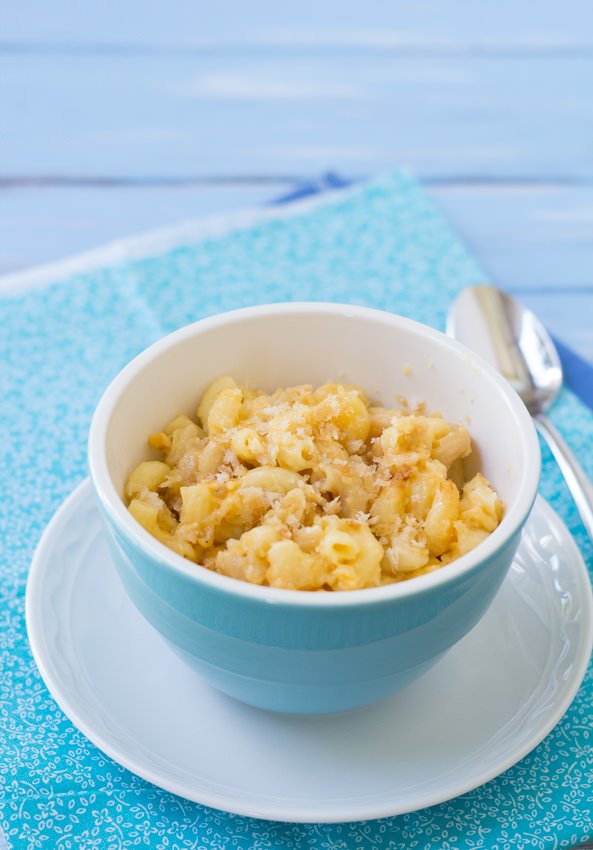
You can never have too many mac and cheese recipes! We’re digging this one from Kristine’s Kitchen because it’s a snap to make and you can refrigerate it up to two days before baking. It's a cheesy win-win!
Crock Pot Mac 'n' Cheese
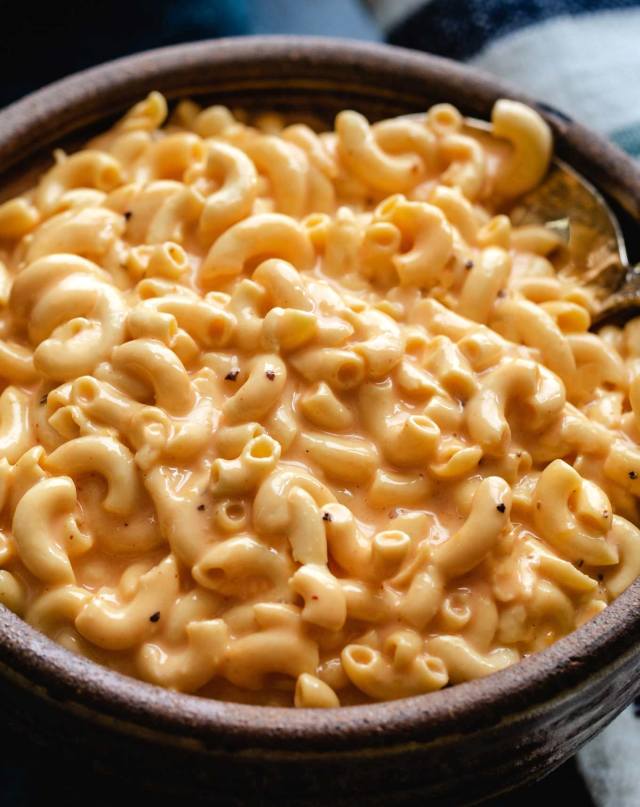
Mac 'n' cheese that doesn't require boiling noodles or standing over a stove, stirring for what feels like hours on end? Yes, please! We couldn't believe our luck when we happened upon this recipe for Crock Pot mac and cheese from The Chunky Chef. You'll get all the same cheesy goodness with practically no effort.
3-Cheese Mac n Cheese

This macaroni and cheese recipe uses three different kinds of cheese (awesome!) and is made only in five easy steps. Kids will love the creamy and hearty taste of the dish, while parents will breathe a sigh of relief that this recipe is not only delicious but quick and easy as well.
Baked Mac and Cheese from Damn Delicious
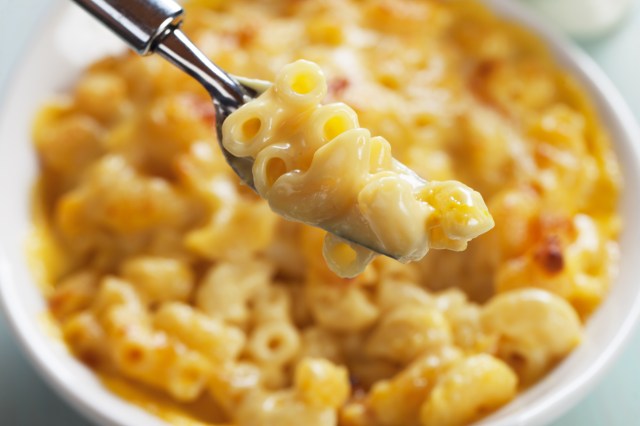
This baked mac and cheese is perfect for a cozy night at home. The creamy cheese sauce is hidden beneath a crunchy top—yum! Get the recipe over at Damn Delicious.
Baked Artisan Mac and Cheese
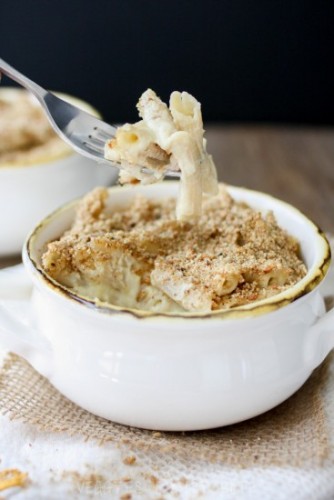
Comfort food that is good for you? It does exist, thanks to this whole food-based makeover from Veggies Don't Bite. This sharp white mac 'n' cheese bake is as creamy and delicious, you'll never be able to tell that it's gluten and dairy free.
Green Macaroni and Cheese
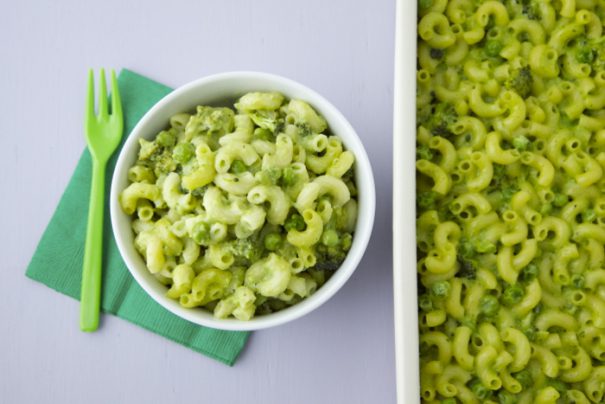
Try out this veggie-fied take on mac and cheese from Weelicious. No food coloring is needed—spinach and broccoli are the key ingredients to make the mix bright green.
Skinny Ham Mac ‘n’ Cheese
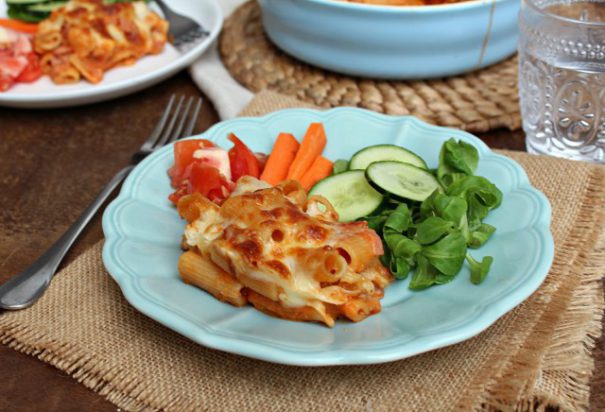
For a lightened-up take on your favorite dish, you’ve got to try this skinny mac ‘n’ cheese from Honey & Figs. Made with whole wheat noodles, a touch of barbecue sauce and Greek yogurt for added creaminess, it’s sure to be a hit with your crew.
Cauliflower Macaroni and Cheese
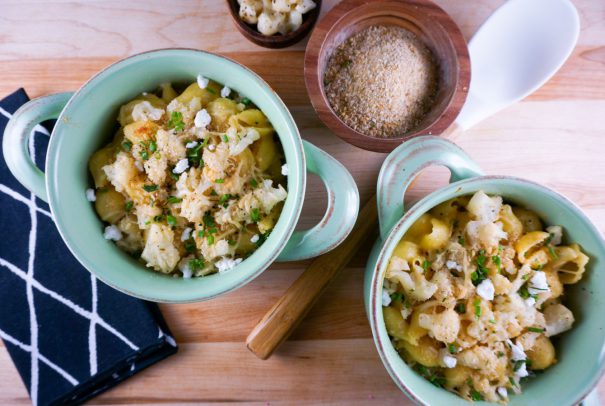
Cauliflower pairs perfectly with mac and cheese in this genius recipe from Love & Risotto. Once it’s topped with breadcrumbs and broiled to make a crunchy topping, even picky kids will be on board.
Cajun Mac and Cheese
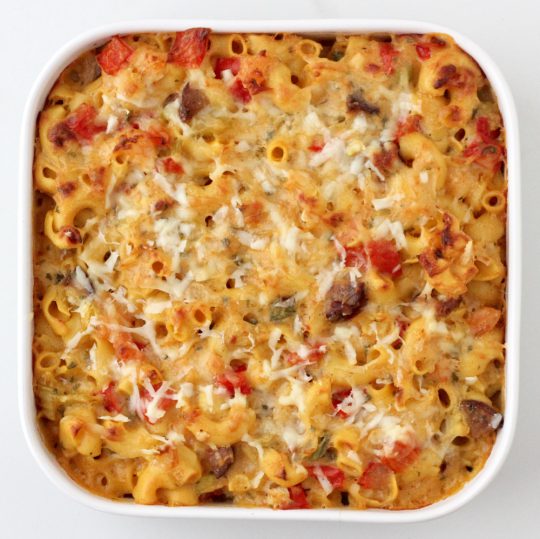
Mac and cheese goes Cajun in Living Well Kitchen’s hearty recipe. With andouille sausage, shrimp and lots of cheese, it’s going to be an instant hit.
Baked Goat Cheese Mac and Cheese with Roasted Broccoli
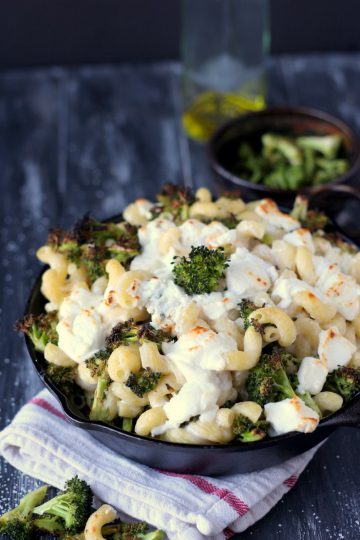
Fancy up your mac and cheese with this recipe from The Wooden Skillet. We love the combination of tangy goat cheese and charred broccoli.
Buffalo Chicken Mac and Cheese

This recipe from Superman Cooks combines two of our favorite things to make an instant family fave.
Killer Mac and Cheese with Bacon
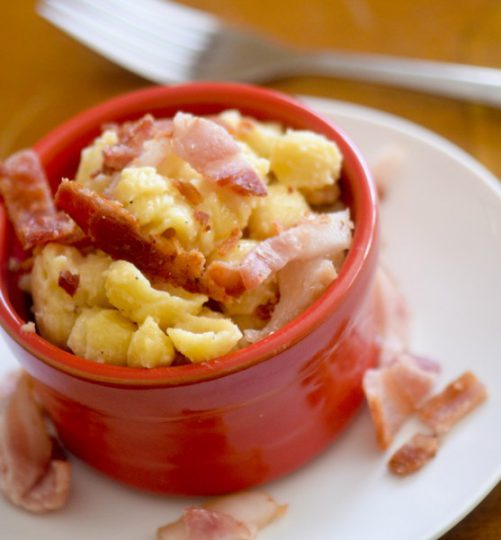
Treat the family to this super-indulgent dish from Recipe Diaries. You know what they say—everything tastes better with bacon.
Vegan Mac and Cheese
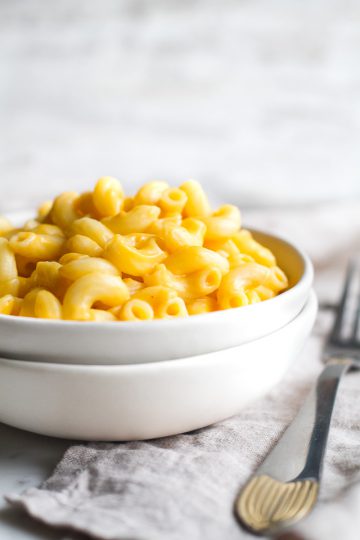
If you’ve got a vegan in your family (or are just trying out Meatless Monday), this vegan mac and cheese from Running with Spoons is your new best friend. It’s pretty easy to pull off using items you probably have in your pantry, plus some nutritional yeast.
One-Pot Chili Mac and Cheese
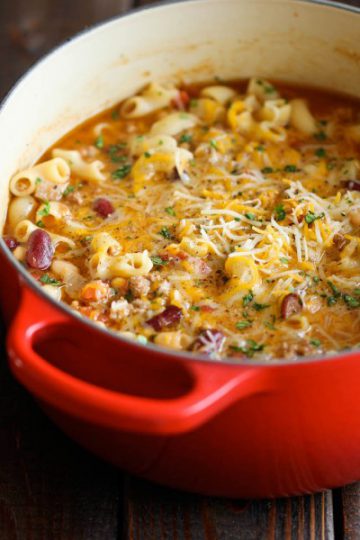
This recipe from Damn Delicious combines two of our favorite comfort foods into one delish meal. The best part? You’ll only need one pot!
Cottage Cheese Baked Mac and Cheese
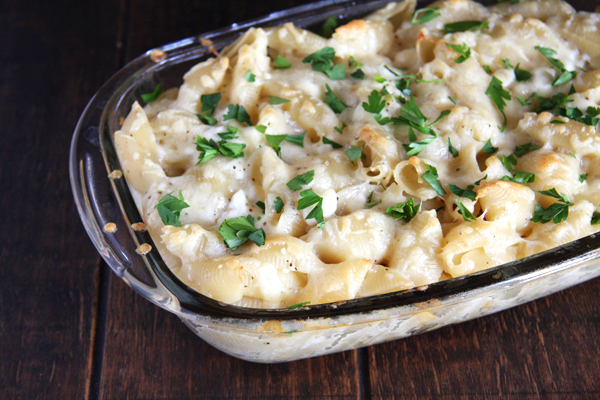
This lightened-up version from 24 Carrot Life makes use of cottage cheese and dijon mustard to create a surefire kid favorite.
Pumpkin Mac and Cheese

Pumpkins aren’t just for Halloween—Miss Hangry Pants serves up this delish recipe with a fall-inspired twist. The pumpkin adds extra earthiness and makes the sauce even creamier.
One Pot Andouille Sausage Skillet Pasta
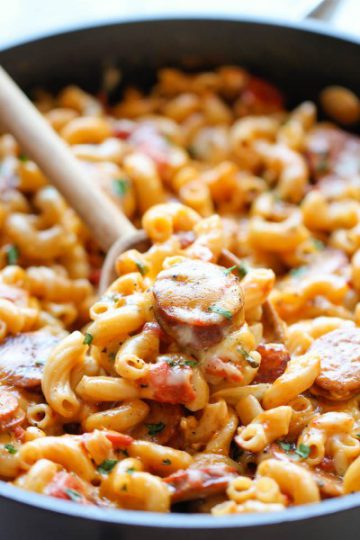
Dinner will be on the table in no time thanks to this one-pot recipe from Damn Delicious.
White Cheese Pesto Mac
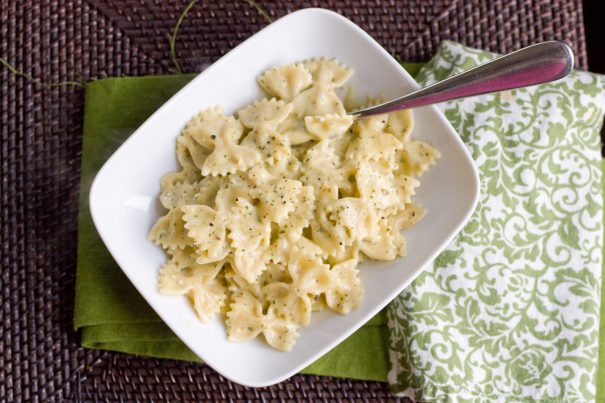
Class up your dinner with PDX Food Love’s recipe for pesto mac and cheese. Herby and creamy, it’s tasty enough to please the whole family.
Skillet Pizza Mac and Cheese
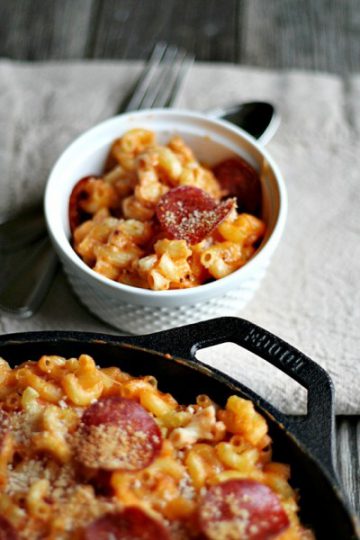
This recipe from Well Floured is sure to be an instant hit in your family. Plus, it’s easy to throw together in the skillet.
Roasted Red Pepper Mac and Cheese
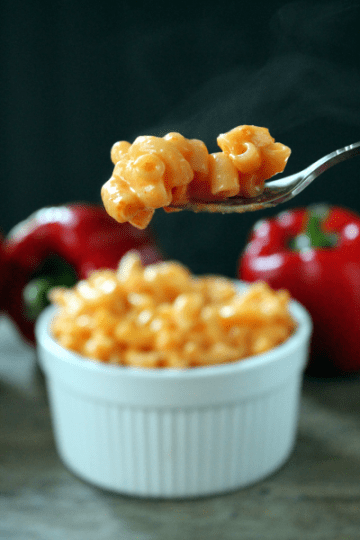
Sneak some veggies into your dinner with this recipe from The Stay at Home Chef. The roasted peppers, ground mustard, and a dash of hot sauce work together to make a perfect weeknight meal.
Sweet Potato Mac and Cheese Cups
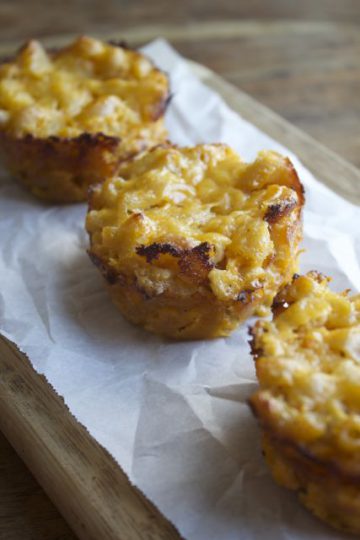
We love these cute little mac and cheese cups from Healthy Food for Living. Picky kiddos won’t even notice the sweet potatoes.
Roasted Vegetable Mac and Cheese
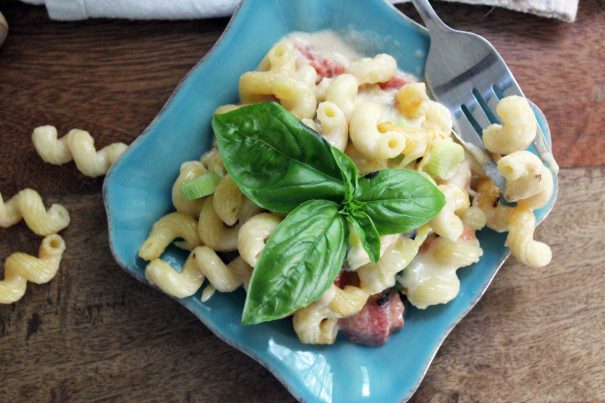
Funnylove’s mac and cheese is a great way to sneak some veggies into your little one’s diet. You can sub in your family’s preferred vegetables, too.
—Gabby Cullen with Susie Foresman
Featured image: iStock
RELATED STORIES:
15-Minute Trader Joe’s Meal Hacks to Try Tonight
11 Instant Pot Freezer Meals For Busy Nights
Soup, Stew & Chili Recipes to Warm You Up
